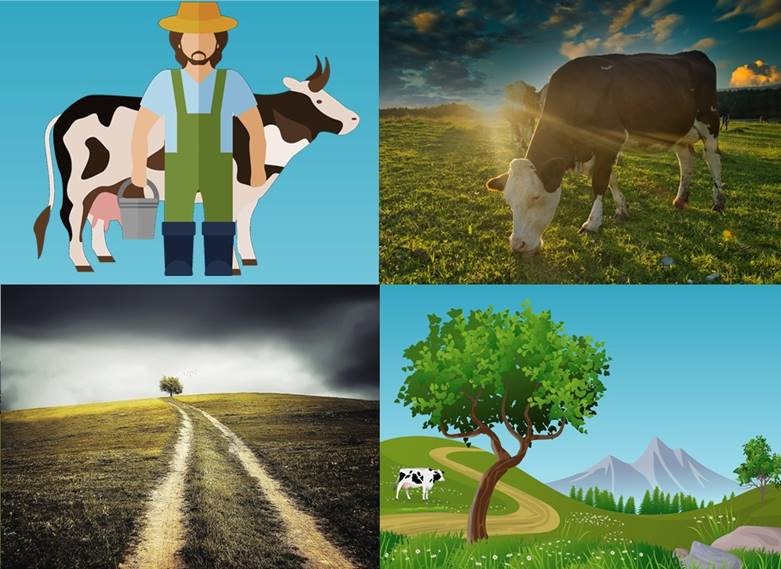The discussion about the contribution of grassland-based food production and what realistic reduction potential exists is relatively undifferentiated. From a technical and practical perspective, there is often a great deal of uncertainty among farmers as to which operational activities, processes and change options can have a climate-positive or climate-negative effect.
The project aims to develop options for reducing greenhouse gases in milk production on organic dairy farms in Austria and to identify potential emission reductions. The HBLFA Raumberg-Gumpenstein is intended to work with agricultural businesses in the transition region of the Eastern Alps and the foothills of the Alps and to accompany the data collection and modeling of greenhouse gas emissions. In order to present climate protection options for different operational requirements, the analysis should be based on several statistically defined model companies that reflect different location requirements and production intensities.
The central result should be to record and evaluate the greenhouse gas emissions of organic milk production from the cradle to the farm gate and relevant reduction options in a multi-year comparison to a modeled base year (2018). As a further result, it is expected that statements can be made about the possibilities for greenhouse gas savings on organic dairy farms under Alpine production conditions. With a view to the economic pillar of sustainability, the economic effects of greenhouse gas reduction options should also be taken into account.







